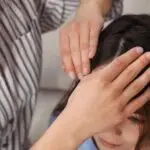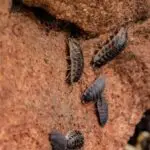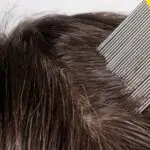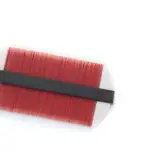Can Head Lice Eggs Be Black?
If you suspect that you have head lice, you should not ignore the symptoms. Itching is the most common sign of infestation. The itching can be present even weeks after the lice have moved in. The itch is an allergic reaction to their bites. Excessive scratching can lead to sores on the scalp. This may become infected, resulting in red, swollen, and painful skin. The lymph nodes in the neck can also become tender.
Despite the fact that adult lice can’t be seen, new eggs will attach to a hair follicle close to the scalp. The color of the eggs depends on whether or not the lice have already hatched. Lice eggs are white or grey in color before hatching. In addition to their color, hatched lice eggs are black or brownish. Therefore, it is important to remove any eggs that are suspect, and dispose of them in a plastic bag.
Although head lice are more common in Caucasian, Hispanic, and Asian people, they are not as common in African Americans. According to a recent study, only 0.5% of African American schoolchildren experience an infestation. However, recent research suggests that there are some African species that have adapted to living in coily hair.
If you suspect that your child may have head lice, it is important to treat your child as soon as possible. The lice are contagious, and they won’t go away on their own. As a result, the best course of action is to contact your child’s school, day care, and other caregivers as soon as you notice symptoms.







